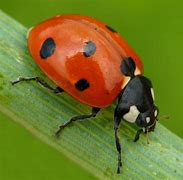

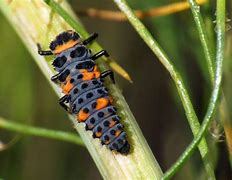

Lady bugs
- Lady bugs/lady beetles are among the best known and most beneficial insects. There are about 475 species occurring in North America. Both adults and larvae of lady beetles consume aphids, immature scale insects, mealybugs, mites and other soft-bodied insect pests as well as insect eggs.
- As the photo (above left) shows, the larval stage is a lot more dangerous looking — at least to us — as the classically cute adults. But that’s why it’s important to know what they look like — so you don’t see an ugly bug and think you need to kill it.
- Live lady bugs can be purchased from garden centers. Some gardeners expressed disappointment in the results, saying that the ladybugs didn’t seem inclined to stay around their garden beds but disappeared rather quickly. Studies show several reasons why this may be true.
- In research studies, 95% of released ladybugs flew away within 48 hours. And most did not lay eggs on the plants on which they were released.
- Ladybugs won’t stay around without a good supply of aphids. Each ladybug will eat 50 or more aphids a day. They aren’t good for controlling small infestations.
- Ladybugs need to be handled carefully and refrigerated until released. If left out at room temperature — including on display at a store — they deteriorate quickly.
- Release timing is important. They will probably need water as soon as they are released, so evening is the best time. You should add a spritz of water over them at the time.
- Inadequate release rates may also be a problem. University of California research showed that high numbers of ladybugs were required to control aphids. For example, a heavily-infested rose bush required two applications of about 1,500 ladybugs at a time, spaced two weeks apart. Most packages sold in stores don't contain nearly that many.
- Other low toxicity aphid management practices, such as hosing off or insecticidal soap or oil sprays, may be more effective.
Lacewings


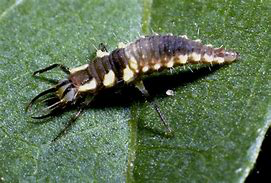

- The larvae of these pale green insects are an effective natural enemy of aphids, mites, whiteflies, mealybugs, leafhoppers, and thrips.
- Containers of lacewing eggs can be purchased from garden centers.
Nematodes
There could be a photo of a nematode here, but it wouldn’t do any good since they’re microscopic. You don’t see them, but only the results of their work as evidenced by the absence of some insects that feed on your plants.
While some species harm plant roots, others are beneficial by attacking and killing pests such as grubs in our lawns and gardens. They are easily applied, but the right timing and conditions are needed for them to be effective.
Beneficial nematodes are becoming much more popular for soil pest control. They feed on over 200 pests from up to 100 insect families — pests that spend either part or all of their life cycle in the soil.
When released into the soil, beneficial nematodes seek out the larvae and pupae of susceptible pests and work their way inside. There, they release a bacterium that kills it within a day or two. They will continue to feed on the remains, multiplying as they do, before exhausting it and leaving to seek another food source.
Beneficial nematodes are also available commercially. Note that there are four species of nematode, listed by their two-letter codes on the packages. One or more may be in each batch. The following three are generally used in vegetable gardens:
- Heterohabditis bacteriophora, or Hb
- Steinernema carpocaspsae, or Sc
- Steinernema feltiae, or Sf
Beneficial nematodes for gardening can be found in sprays or soil drenches. It is crucial to apply them at the perfect environmental conditions needed for their survival: warm and moist.
- Irrigate the application site both before and after introducing the nematodes and
- only use them when soil temperatures are between 55 and 90 degrees F. (13-32 C.)
- Don’t apply them in direct sunlight; filtered sun only.
- Use the nematode product within the year and do not store in areas of high heat.
- Remember, these are living creatures.
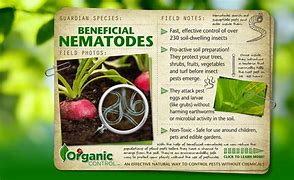



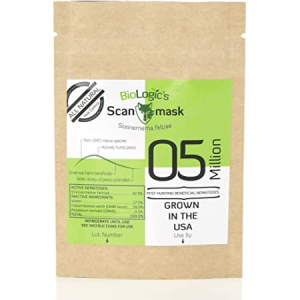

Wasps
Several species of wasps are parasites of garden pests; most common are ichneumon wasps, braconid wasps, trichogramma wasps, and chalcid wasps.
The very small wasps that you don't see are generally the best ones at controlling garden pests. The adult females deposit eggs into the bodies of pest insects, so the only effects you can see are mummified insects that have been destroyed from the inside out. These host insects may include:
- Aphids
- Whiteflifes
- Leaf miners
- Several types of caterpillars
They may also parasitize the eggs of cabbage loopers, cabbage moths and other insect pests


- Parasitic wasps vary greatly in size. The trichogramma wasps, which are highly effective against moth eggs and larvae, are sold at garden centers or on line.
- Wasps out in nature can be attracted to your garden by a number of flowering plants including zinnias, fennel, dill, alyssum, cosmos, statice and thyme.
